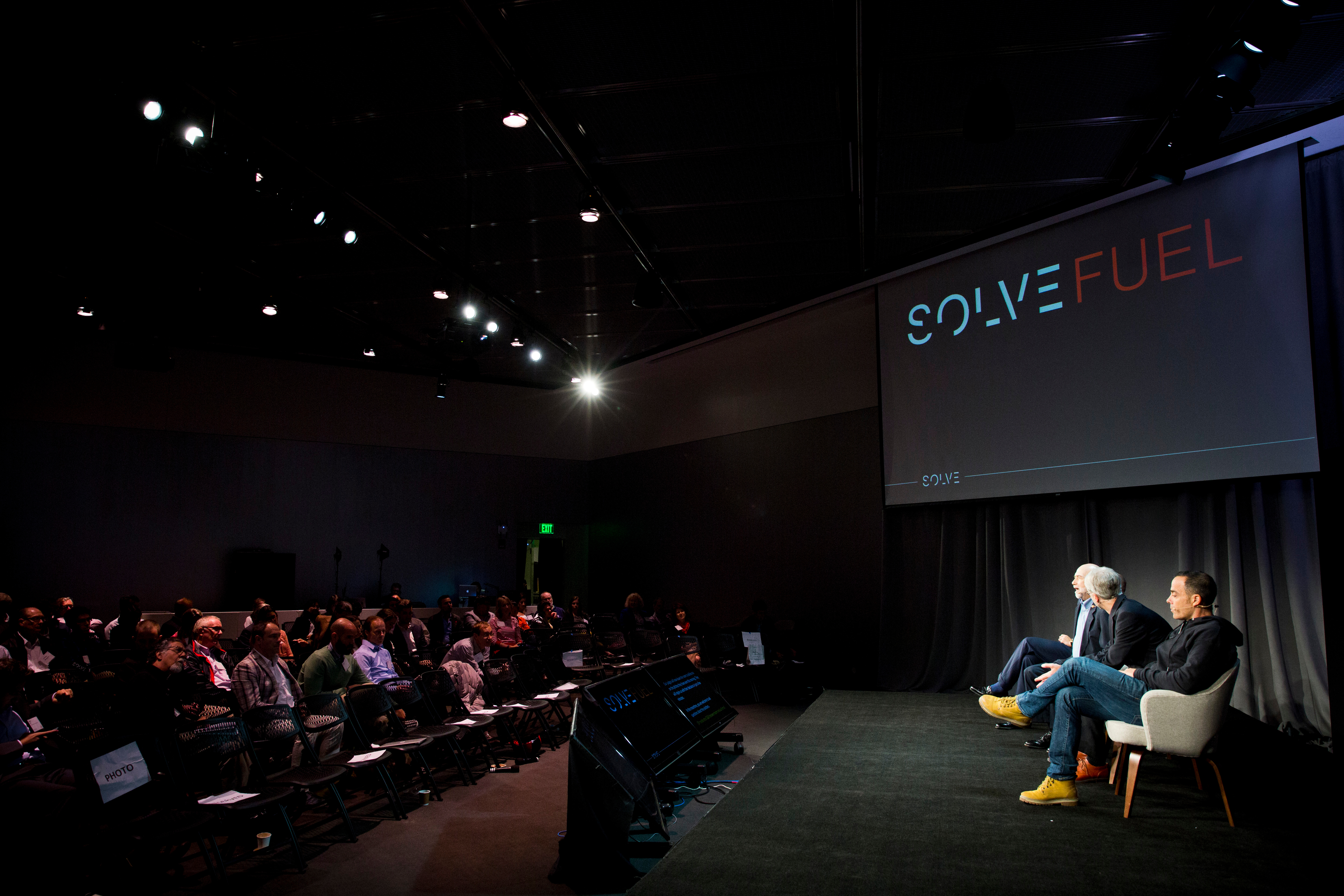Crowdsourcing Ideas to Solve World Challenges
-
-
slice.mit.edu
Filed Under
Recommended

The MIT-founded Solve connects people eager to unearth solutions to actionable global issues. Photo by Dominick Reuter
Hundreds of researchers, scientists, and innovators will convene on MIT campus next month for Solve at MIT, a three-day event that combines a mindset of innovation with human-centered design to take action on pressing global problems.
Solve at MIT—which takes place May 8–10—is the flagship event of Solve, an MIT-founded initiative that connects people eager to unearth solutions to actionable real-world challenges around learning, health, sustainability, and economic prosperity. Solve at MIT aims to build off existing proposals and inspire Solve community members to engage in solution discovery, development, and implementation.
“Solve was born of a desire to find and support world-changing solutions to problems,” says Pooja Wagh ’06, Solve’s Director for the Health Community. “The opportunity to be part of Solve as an innovator is open to anyone, anywhere in the world. Innovators with the most promising solutions become part of our community and get connected with supporters at MIT and beyond who can help the solutions start and scale.”
MIT alumni are part of the Solve community, including Gail Anderson ’88, a high school math teacher and former aerospace engineer working to provide educational opportunities to displaced populations and children in refugee camps. Her proposal, “Crowd-sourced Education Platform for Refugees around the World,” aims to provide transient people, especially children, an online learning platform that can be accessed in any location.
“Internet access will come—that’s not the biggest problem right now,” Anderson says. “Language is a big issue. And the people in these areas, including aid workers and volunteers, have no awareness of online education. The first step could be creating the awareness that online resources actually exist.”
Anderson’s experience working with refugees in a Yugoslavian camp before her freshman year at MIT—and later in France, Bulgaria, and Greece—inspired her to submit a solution to Solve’s open innovation competition.
“I’ve been to different refugee service areas throughout the world, and each has very different specific needs,” Anderson says. “Solve’s idea of framing world problems as engineering challenges speaks to the complexity of this particular issue. It showcases the human side of engineering.”

Cori Lathan PhD ’94, SM ’95 is a Solve community member and founder and CEO of AnthroTronix, a research firm that focuses on human-centered design in robotics, digital health, and wearable technology. Lathan served as a judge at Solve’s Health challenge on chronic disease, reviewing solutions on Solve’s online platform then judging the final pitch competition in New York City in March.
“Solve is different from a traditional pitch competitions,” Lathan says. “It searches for people looking to solve real problems, the surrounds them with other people who are willing to help.”
Wagh says next month’s event will be an opportunity for attendees to continue developing solutions and build new partnerships that could drive real-world change.
“Solve is a marketplace of ideas and the people who can support those ideas,” says Wagh. “It’s an extension of MIT’s ethos of opening up knowledge and resources to anyone with a desire to solve problems and make a difference.”
MIT alumni are eligible for discounted membership in the Solve community. Members get first-hand access to innovative ideas, mentoring and networking opportunities, and the ability to shape future Solve challenges. Visit the membership section of the Solve website for more information.







